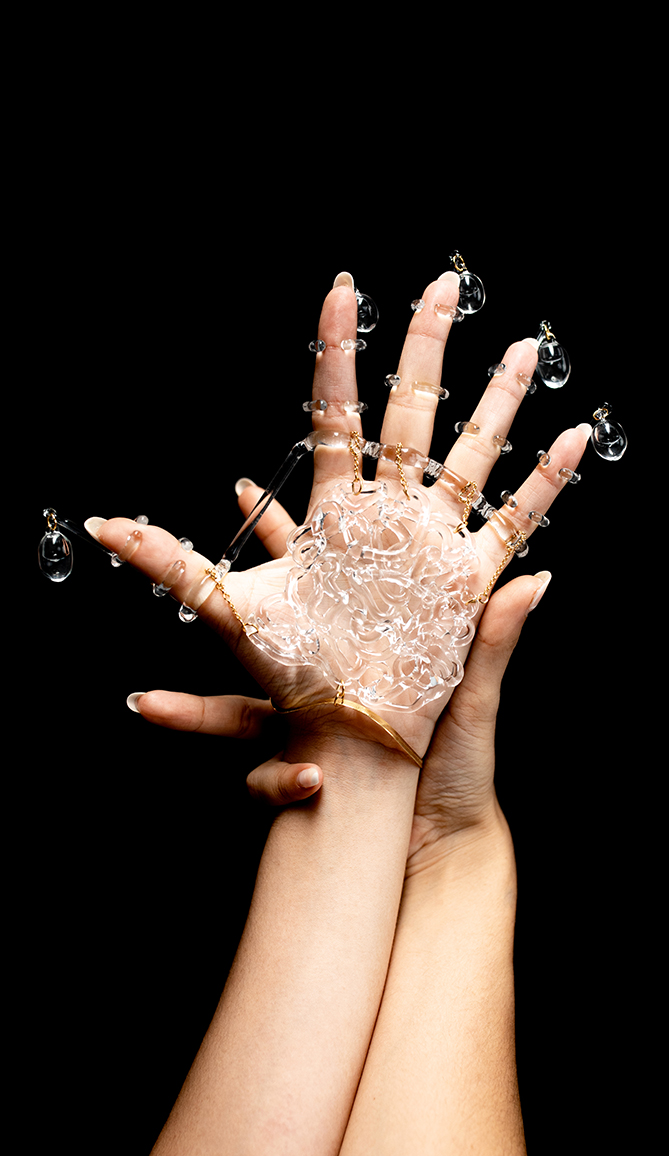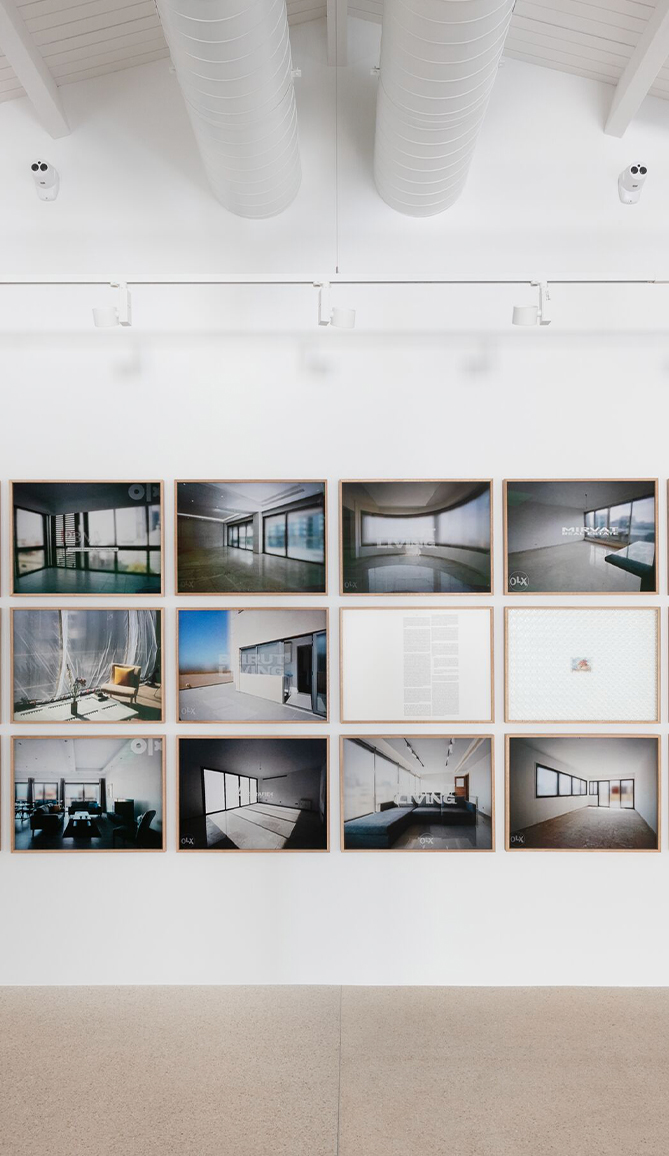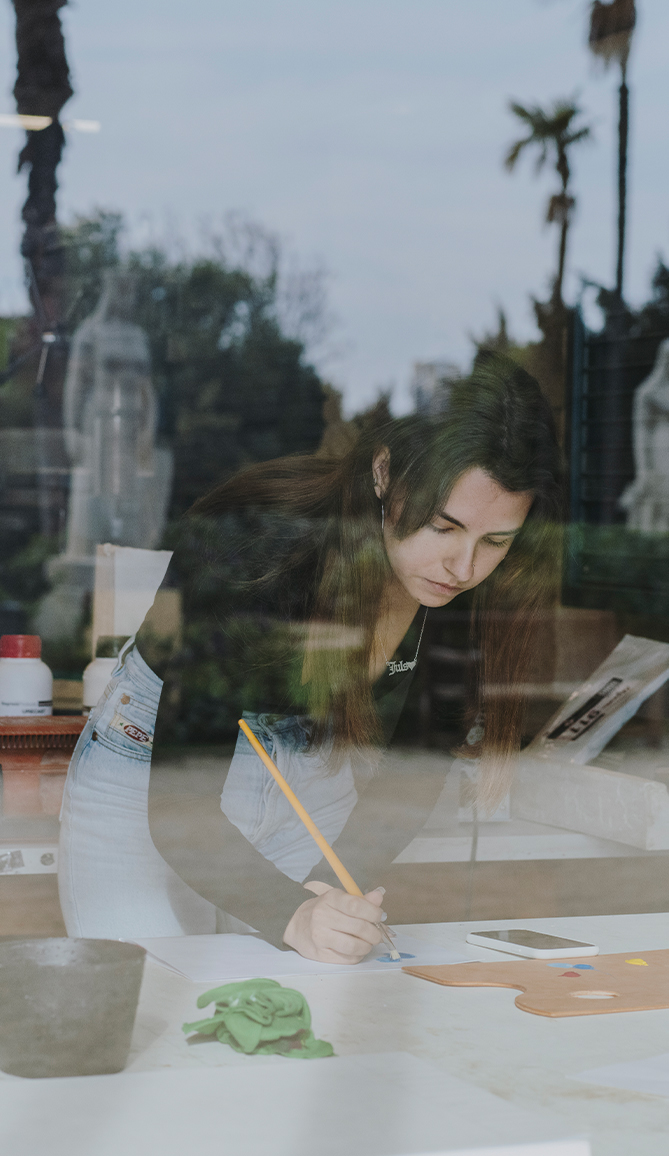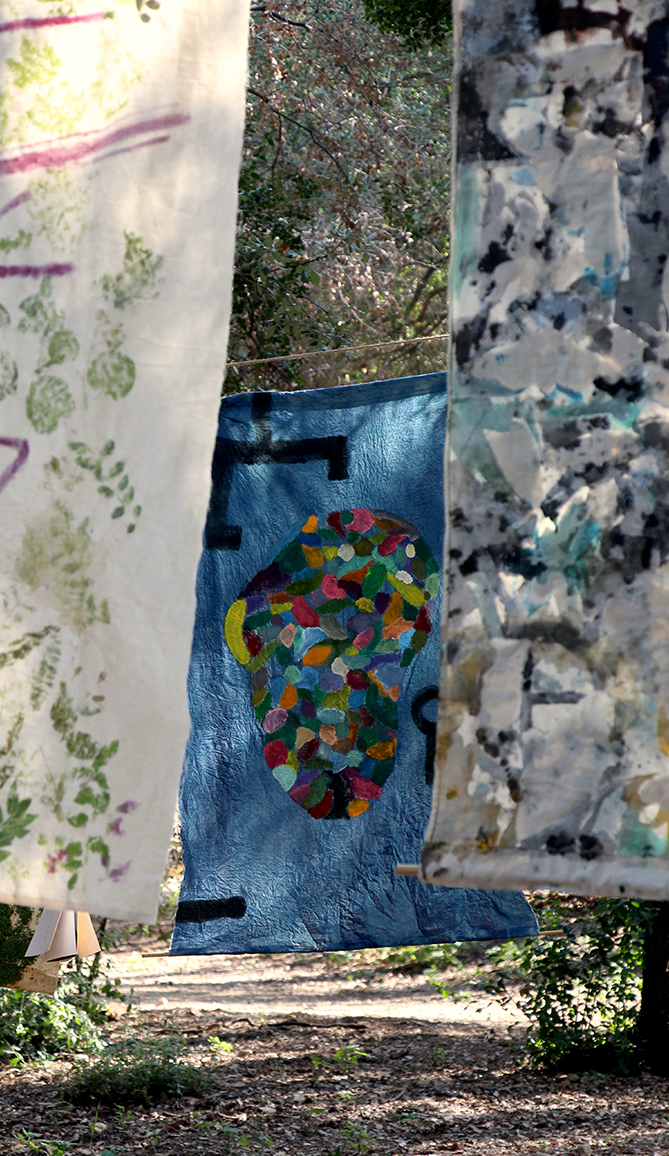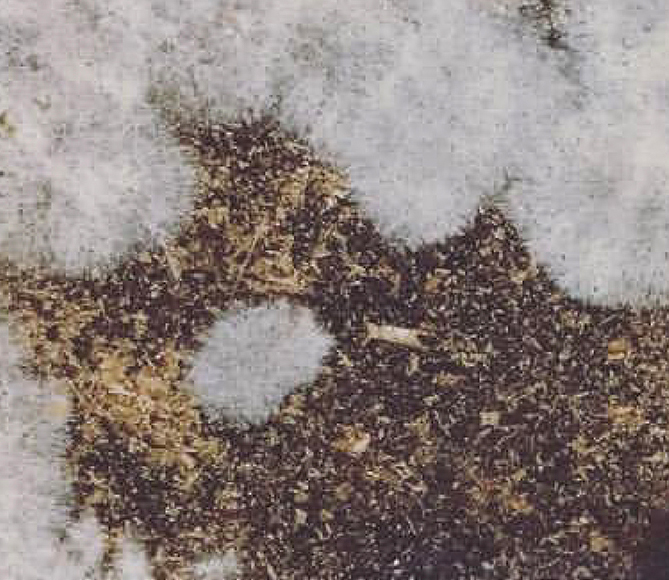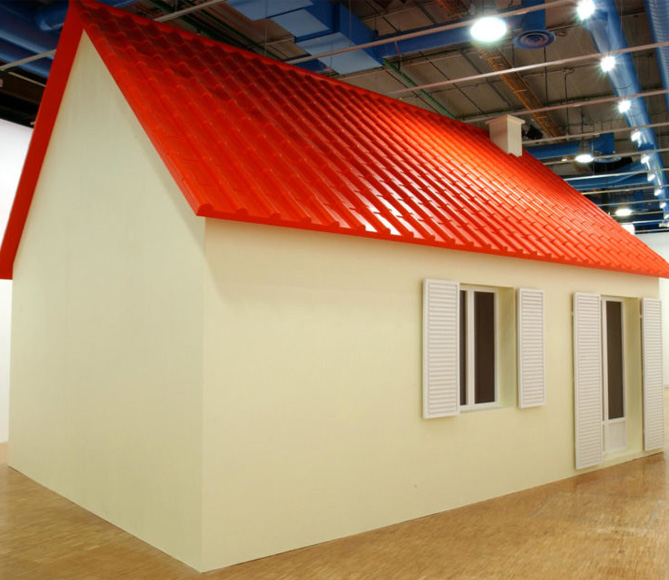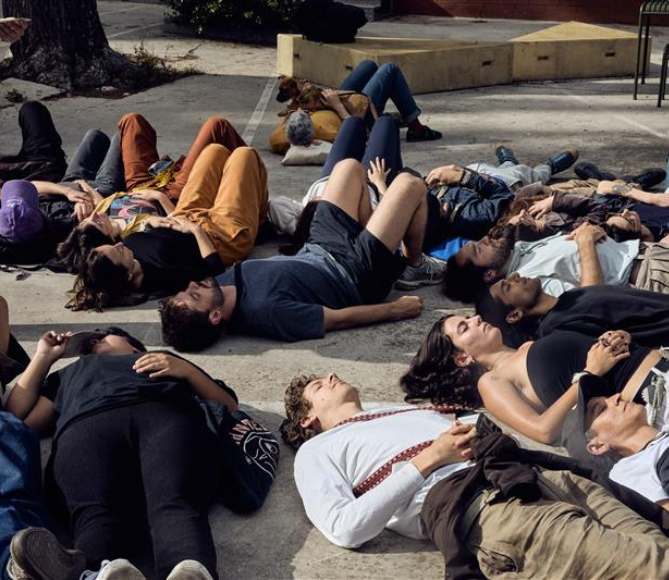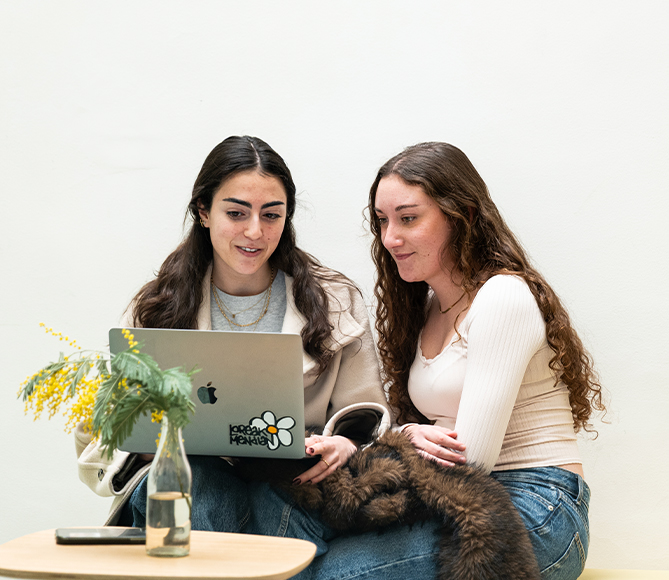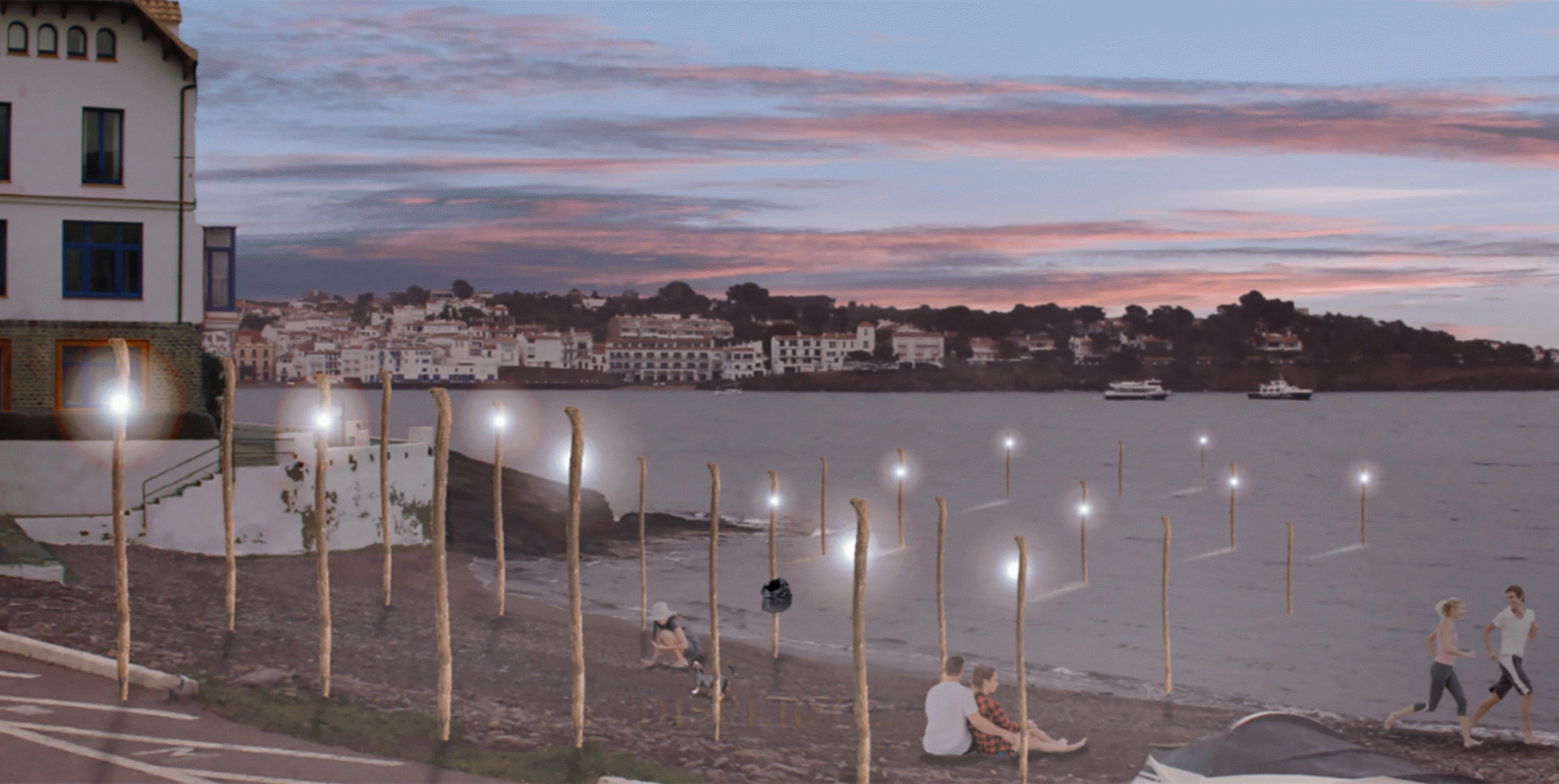EINA has been awarded with the Prize to the best educational centre in the Habitàcola 2020 contest, organized by ARQUIN-FAD, the Interdisciplinary Association of Space Design of the FAD.
The Habitácola Awards aim to disseminate the importance of creativity, social commitment and professional rigor among organizations and the public, supporting and promoting new initiatives, new approaches and new emerging talent.
The opening of the exhibition of the FAD Awards and the Habitácola Awards and the presentation of the diplomas of the awarded and finalist works will be on November 5, 2020 at the headquarters of the Col·legi d'Arquitectes de Catalunya (Plaça Nova, 5. Barcelona).
EINA had 3 projects of the students of the Design Degree among the 10 finalists of the XXXII edition of the Habitácola Awards, which had as theme "Inhabiting the beach". All these works have been developed in 3rd course from the subject of Projects of Spaces 6, tutored by Miquel Espinet and Raúl Oliva.
MIGRATIO
Paola Manonelles, Irene Terrón Pérez, Sofiya Ryabokon, Marti Delclos Miret.
Migratio (Migrant Support Units) has been created with the dual aim of ensuring the rescue of migrants and of changing the current selfish vision of the beach to turn it a truly inclusive one, comprised of installations designed specifically to help in the immediate rescue and disembarkation of these people. The device seeks to reconsider the beach not solely for its recreational facet but as something with a real and socially committed value.
DISPERSO
Paula Roca Comellas, Alba Casas Batet, Marina Salvador Farre.
Often, on small beaches, we find that the areas set aside for users are insufficient for doing a variety of activities. This is why we propose an infrastructure that makes the most of the limited space on this type of beach.
Our proposal, which lies between the limits of the artificial and the natural, is an infrastructure that confuses, that makes people think, ask what it is, what it does, what it’s doing there and how it got there. Despite being made by humans, it uses the purity of a small and simple beach, with no major external interventions, to mimic what it has created itself. We return to nature, to the essence of nature.
To do so, we have created a template of wooden trunks that at first sight are reminiscent of a forest, set out at random, self-managed. So, creating a sort of controlled chaos, one that is beautiful, simple, pleasing to the eye, integrated into its environment, that takes us away from everything surrounding us.
Location: Carrer del Doctor Bartomeus, 28, 17488 Cadaqués, Girona
THE POSIDONIA PATH
Eudald Jubany Orte, Mireia Valls Pessarrodona, Clàudia Navío Jiménez.
The Posidonia Path has been created on the island of Formentera in response to the overcrowding of the most iconic beaches on the island, using the posidonia seagrass that washes up on the beaches as the central element. The project revolves around posidonia, using it as the material to construct a variety of adaptable elements on the beaches, creating their own life cycle.
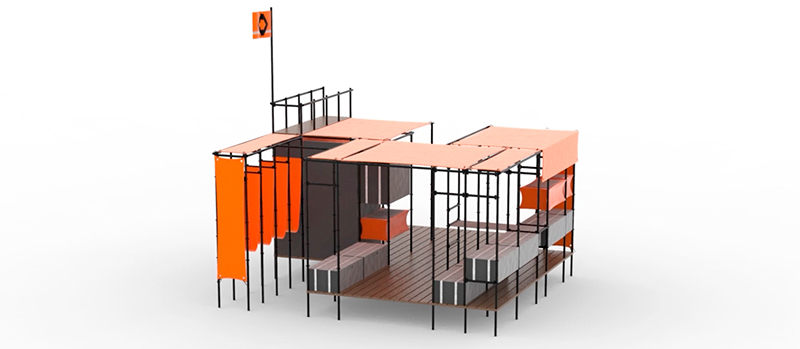 Migratio
Migratio
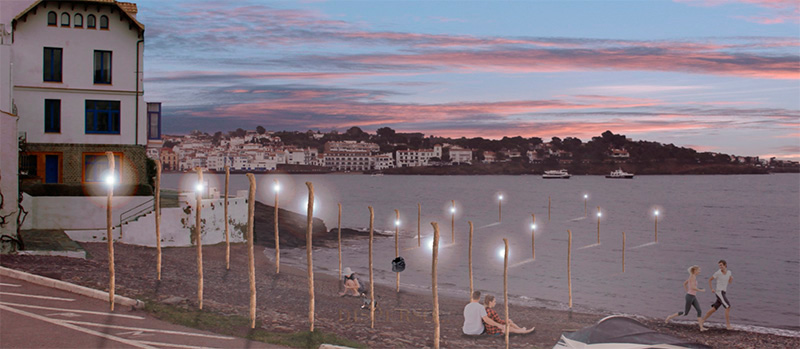 Disperso
Disperso
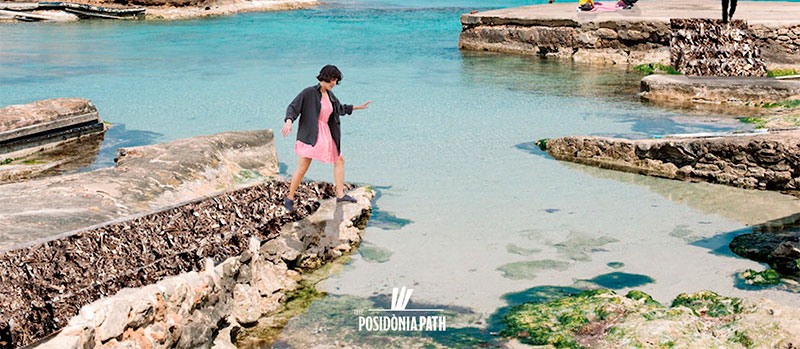 Posidonia Path
Posidonia Path
